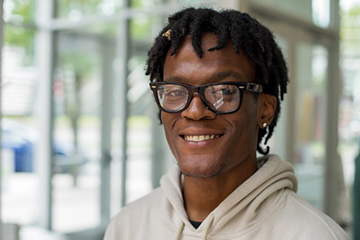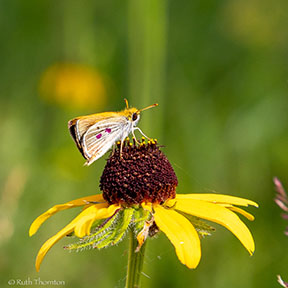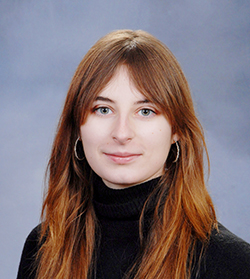 Five environmental journalism students and Knight Center director Eric Freedman attended the recent annual conference of the National Association of Science Writers in Chicago.
Five environmental journalism students and Knight Center director Eric Freedman attended the recent annual conference of the National Association of Science Writers in Chicago.
They were undergrads Clara Lincolnhol, Emilio Perez Ibarguen and Isabella Figueroa Nogueira and master’s students Shealyn Paulis and Julia Belden.
Topics ranged from skill-building such as editor-freelance relations, using data in stories, making science videos and how reporters can conduct their own mini-investigations to issues such as the future of U.S. science, AI and data centers, nuclear weapons and the brain drain.
The students will be writing stories for the Knight Center website and Facebook page and the Journalism School’s Facebook page on lessons learned from the conference.
 Also attending the conference from MSU were Knight Center master’s alum Ruth Thornton, university science public relations manager Emilie Lorditch, outreach specialist and MSU alum Ana Becerril of the Facility for Rare Isotope Beams and Angela Prete, a graduate student in microbial & molecular genetics.
Also attending the conference from MSU were Knight Center master’s alum Ruth Thornton, university science public relations manager Emilie Lorditch, outreach specialist and MSU alum Ana Becerril of the Facility for Rare Isotope Beams and Angela Prete, a graduate student in microbial & molecular genetics.



 By Clara Lincolnhol
By Clara Lincolnhol